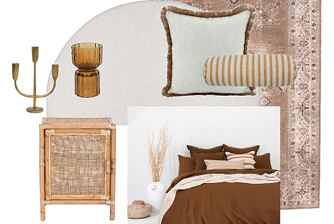Transform Your Body & Mind with Our 6-Week Pilates Experience Program! 💫
Embark on a journey of transformation with our uniquely designed Pilates program, tailored to revolutionize the way you move, feel, and live. Unlock the door to a new you, where core strength, flexibility, and well-being aren’t just goals—they’re your reality.
What’s Included
Unlimited Access to Over 25 Reformer Pilates Classes:
Nestled in our dedicated studio, these classes are your secret weapon for core strength, mobility, and low-impact training. Witness physical changes in as little as three sessions!
Evolt Body Scans:
Track your progress with precision. Our Evolt body scans ensure you’re not just feeling better but seeing tangible proof of your evolution.
Customized Nutrition Plan:
No matter if you’re stepping into the world of fitness for the first time or you’re a seasoned athlete, our tailored nutrition plans cater to your individual goals, making healthy eating straightforward and stress-free.
Exclusive Access to Our Relaxation Room:
Enhance your experience with access to our relaxation room, complete with a sauna and steam room. It’s the perfect way to unwind, detox, and rejuvenate after your sessions.
The Results?
Our participants rave about enhanced core strength, muscle lengthening, and increased flexibility. More than just physical changes, they report feeling more mobile, agile, and injury-free. Whether you’re a beginner, an advanced enthusiast, or someone navigating the path of recovery, this program is your gateway to a more vibrant, healthier you.
Why Choose Us?
Expert Guidance:
Our instructors are not just teachers; they’re your personal guides on this transformative journey.
Holistic Approach:
We believe in the power of combining movement with nutrition to foster not just physical, but holistic well-being.
Community Support:
Join a community of like-minded individuals who are as passionate about their health and wellness as you are.
Special Offer
Embark on this 6-week Pilates experience and feel the difference. Spaces are limited, and your journey towards a better, stronger, and more flexible you awaits.
Exclusive Bonus
Rhe first 10 people to register will receive an Element Fitness Wellness Pack absolutely free!
Don’t wait to transform your life. Join us now.
Ready to embark on this transformative journey? Register your interest at:
https://acr365.elementfitness.com.au/6-week-pilates-experience
Contact us today to reserve your spot!












